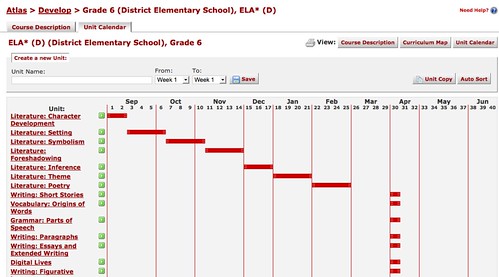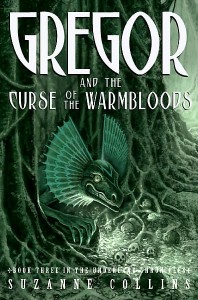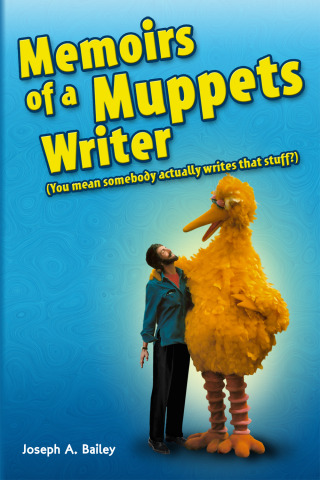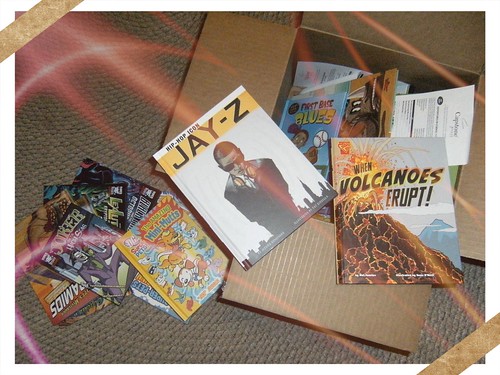My school district is deep into a project to begin mapping out our curriculum using an online tool called Atlas Rubricon. Actually, this first year, the focus is mostly on math and then we will begin diving into ELA next year. This “backwards design” curriculum project is slated to be a three-year venture, which connects our teaching goals with the new Massachusetts Curriculum Frameworks (aka, the Common Core). The plan by our superintendent to have to a district-wide curriculum map from which one can see the development of ideas and sharing of resources from whatever school you happen to teach in. (Needless to say, there are some concerns about this kind of standardization approach to curriculum development)
For the most part, I have been watching from the sidelines, since I don’t teach math. I tinkered around with Atlas a bit and helped with the math curriculum. The site is fine. Atlas is built around Essential Questions, and Learning Standards, and Skills, and Resources. You can make direct connections to the new Massachusetts frameworks through a series of pull-down menus, which is handy. The math work has been relatively easy, since we have been using a pretty standardized math program with a strict curriculum flow.
The ELA will be much trickier, since there is no ELA curriculum program, and meshing what I do with what my colleagues teaching the same grade level in the other schools in our district are doing is going to require a lot of finessing, and collaboration. I worry that we won’t be given to the time we need to do that kind of collaboration correctly. We’ll see.
This past week, I finally dove into Atlas and began “mapping out” how I see my sixth grade ELA curriculum. I’ve mostly started my focus on literature and have been slowly fleshing out the ideas. I will say this: this kind of activity does make you think and reconsider the goals that you have in mind around lesson plans and unit development, and I struggled at times with coming up with Essential Questions (those overarching ideas) that are the foundation of the teaching. It’s been interesting, and I’m glad I finally started into it.
You can even “test drive” Atlas yourself.
Peace (in the curriculum map),
Kevin






